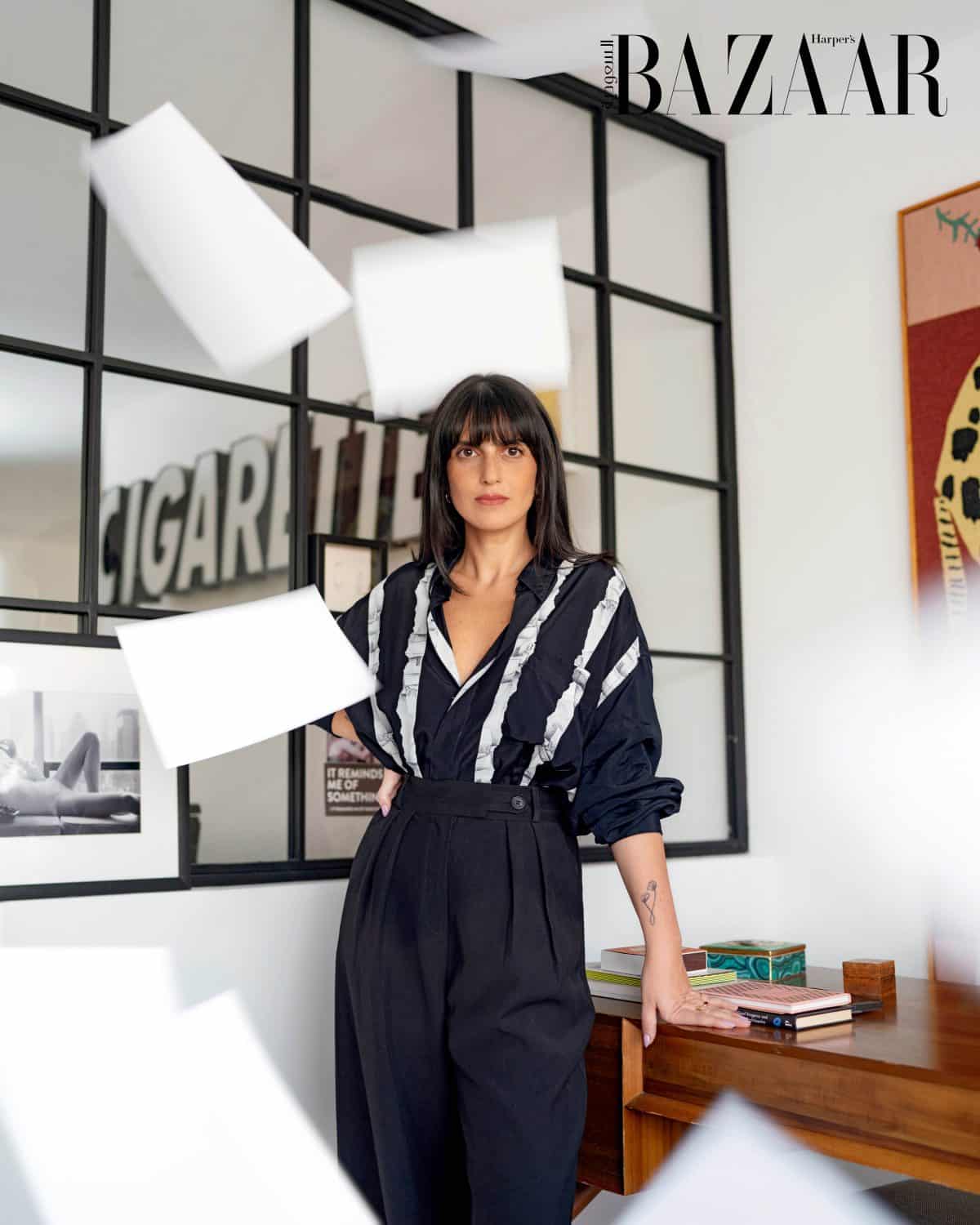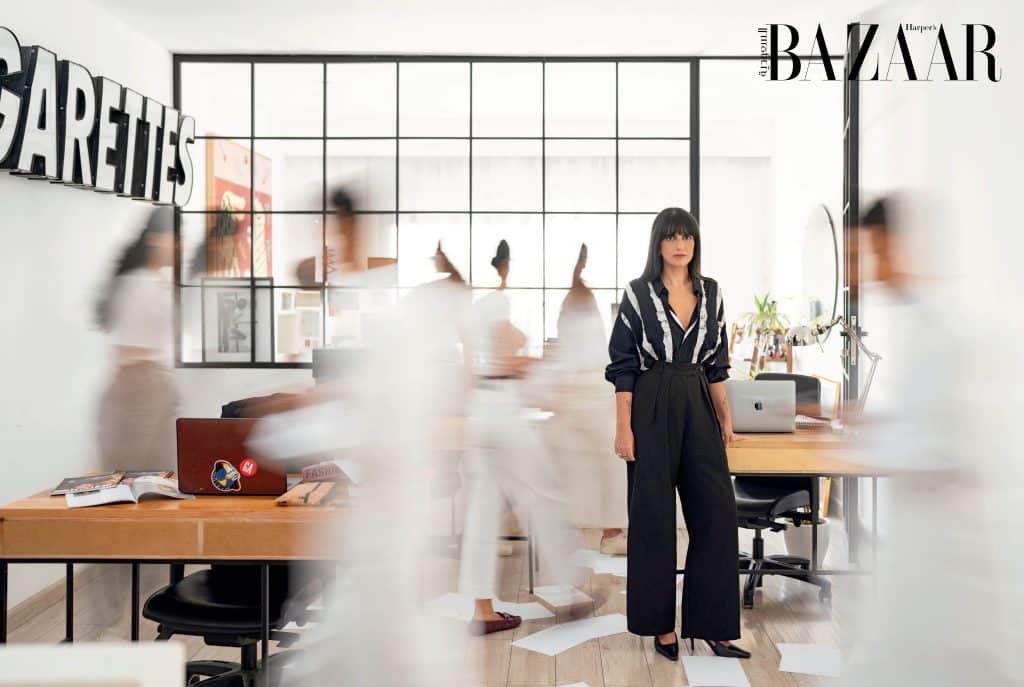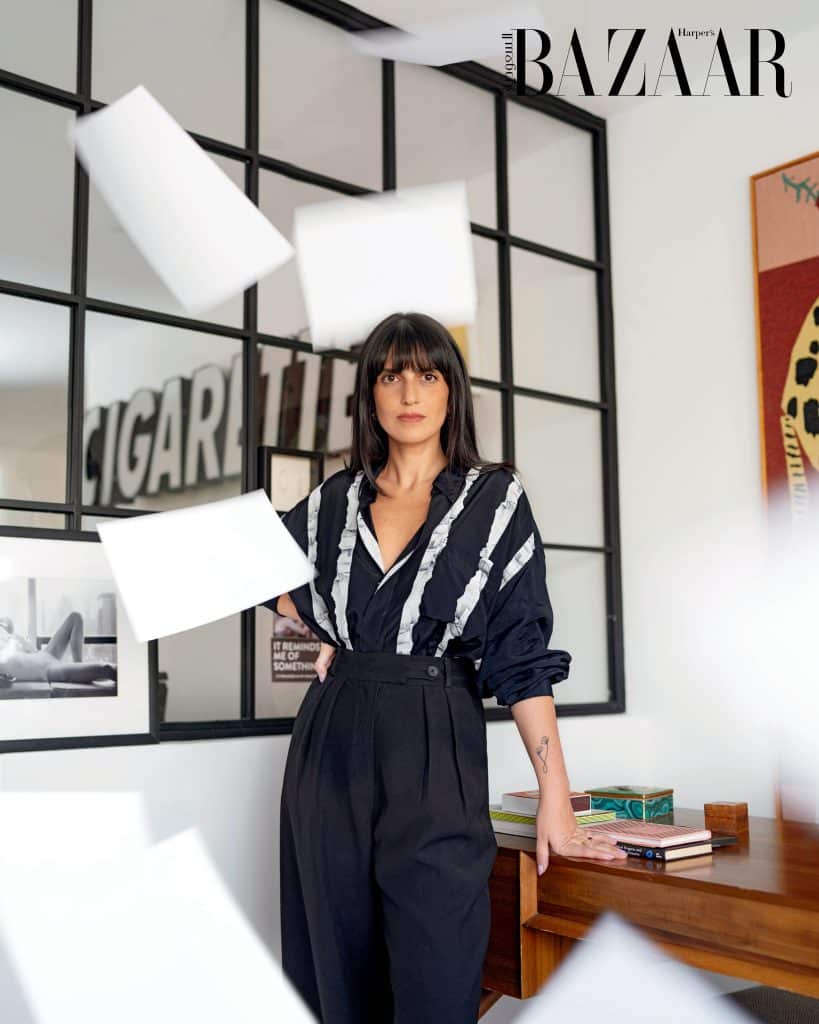
A Human Touch; How CEO Nada Hakeem Created A Successful Work Culture In Saudi
Nada Hakeem, the CEO and co-founder of strategic brand agency Wetheloft, is focused on helping Saudi brands create great work culture as a critical path to success
The first time I met Nada Hakeem, the co-founder of creative agency Wetheloft, was 17 years ago. We were both freshmen in college attending our first class in the graphic design programme, Drawing 101. I still remember our first assignment. The instructor asked us to pick an item through which we would learn the basics of drawing. I chose a lamp that was pretty simple and straightforward – Nada chose to draw a human baby. That was the moment I realised that she loves a challenge. A fact she would further demonstrate by graduating from a four-year college programme in three years while also working part-time at a design agency – all indicators that Nada is a woman with both drive and a desire to look at the world from unexpected vantage points.
You were the first person I knew who had a part-time job during college. In 2006, this wasn’t really common within Saudi culture. How did that come about?
One of my instructors recommended I apply for a job as a graphic designer for university events, which I eventually landed. That led to another internship at a multinational advertising agency. I was always eager to apply what I learned immediately, which helped me manage my time and resources effectively. This made it possible for me to juggle multiple jobs and school work, so I could graduate in just three years.
How did your early work experiences prepare you to start your creative agency?
At the multinational advertising agency in Jeddah where I was one of the few Saudis, the first thing I noticed was the company’s difficulty with connecting to the local culture. As a Saudi, I felt that they didn’t have the insights that I brought to the table. They lacked the perspective of the average person in the country, making it seem like advertising agencies were not targeting us effectively. Working in a design studio post-graduation, I loved my work but felt the workplace culture was lacking.
These experiences taught me the importance of creating our own path instead of conforming to established corporate styles. This eventually led me to co-found my own business, aiming to create a work environment that we never experienced as employees. That’s how Wetheloft started. We wanted to create an agency that understood Saudi, the culture and the people.

It has been 11 years since Wetheloft was established. What have been some of the most significant moments of its evolution?
Three years into Wetheloft, both my co-founders decided to pursue other passions, and I found myself in a much larger office, with just one remote designer and one production manager on the team. The challenge at that point was to create a cohesive team. Previously, even though we thought of ourselves as a company, in reality, we were functioning more like three freelancers working under a single brand. The brand itself was growing, but our services and operations remained quite small. So, when they left and I was faced with the task of building a team, things became more challenging. This was particularly true because I lacked a background in business and leadership, skills that were essential for the company’s survival.
Coincidentally, that was the same time I started my journey of personal development. So it was personal development and professional development. I read everything by Brene Brown – that was my personal development and understanding – ‘What am I’ and ‘Why do I do the things that I do’? And I was also captivated by Richard Branson. I read all his books and he talks about work culture. It helped me to start to understand what workplace culture could be.
What do you think are some common misconceptions that people have about creating a successful work culture?
I fell into the trap of thinking that workspace culture is all about aesthetics. Or the fun activities or the foosball table in the office. And I was always trying to create fun moments or fun activities throughout the day. I thought that this is what culture is. My main goal was to make sure that everyone was happy and having a good time. But during the pandemic when we were all working from home, the fun activities didn’t matter. And in 2021, when we were still working from home, six out of 12 team members decided to leave. That’s when I realised that our culture was not the best and that employees were there because they were happy in the office but they were not happy about the work itself or they didn’t understand why we were doing this work.

How did you manage to turn things around?
We worked on a humanised management approach by promoting open communication within our team, tailoring leadership to individual strengths, and providing opportunities for learning and work-life balance. We wanted each person on our team to reach their highest potential by giving them space to do so.
How did your interest in the humanised management leadership style begin?
Humanised management is all about placing humans first and foremost in our approach. It means recognising the individuality of each team member, valuing their ideas, and nurturing their growth. I am driven by a curiosity to understand the ways people are uniquely built. I explore the ‘why’ behind people’s actions and motivations. My objective is to empower both individuals and organisations to achieve their fullest potential.
Looking at the current creative landscape in Saudi Arabia, how do you feel about the industry’s evolution and your place in it?
One of the first major expansions of our team occurred when we secured a government project that required us to hire 10 additional people. We are incredibly fortunate to be in Saudi right now because the opportunities are limitless. There’s room for everyone to succeed, and we can all achieve success together. What excites me about the creative industry today is that there’s space for everyone, with a supportive community where everyone is there to help each other.
What are your aspirations for the future of your field in Saudi Arabia?
I would love to see humanisation in the creative industry, which is our core purpose, become a normalised practice. It’s all about putting people first. And by ‘people,’ I mean our teams, our clients, and their clients too. It’s not solely about profit, although profit is crucial. We need to understand that prioritising people naturally leads to profit. When you put people first, profit will follow. And I think we are seeing that play out throughout Saudi as a whole with Vision 2030 – an investment into the people that continues to create new business opportunities for the Kingdom.
Photography by: Salma Zahid and Ibrahim Bin Talib
From Harper’s Bazaar Saudi’s Winter 2023 issue.
